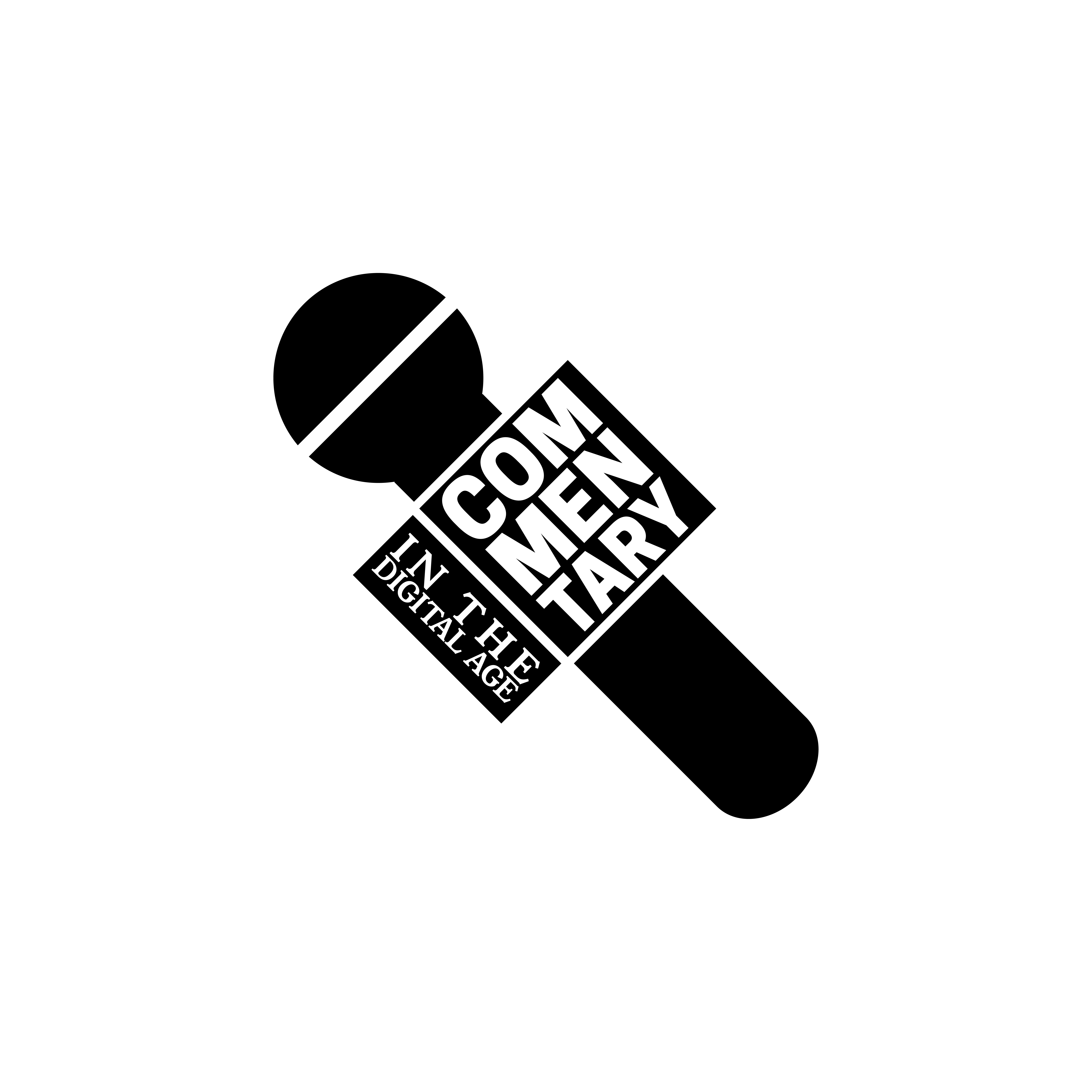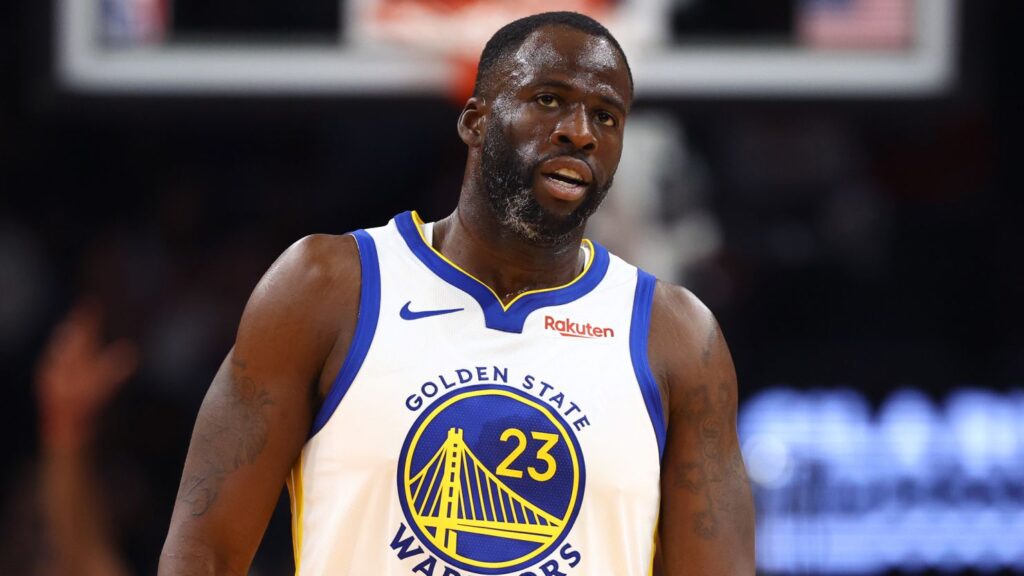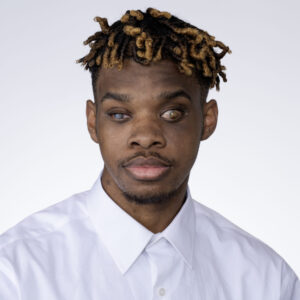As the Golden State Warriors beat the Memphis Grizzlies, I thought of Draymond Green. When I think of him words like competitor and winner come to mind. For others, words like dirty and whiner are what they would use to describe him.
This is a mischaracterization and unfair image that is painted of Draymond. When I look at how players like Draymond are covered and talked about the conclusion I came to is, the villains of the NBA need to be appreciated more. When you look at championship teams in sports, they have a lot of talent, leadership, and good coaching. Something people don’t talk about as much is a bad guy. I mean someone who’s willing to go against the grain, someone who has a little bit more flame to their fire, someone who has a little bit of a sharper edge than everyone else.
In the NBA, these guys are minimized and sometimes ridiculed when, in reality, a lot of championship teams have villains on their teams. Examples include Draymond Green, Dennis Rodman, and Udonis Haslem. Modern examples would be Dillon Brooks, Isaiah Stewart, and Patrick Beverley. The impact these players have usually isn’t shown on the stat sheet at the end of the night, but by watching the games or asking other players then, their abilities are displayed. Through whistle-happy referees and the evolution of basketball, it’s easy to forget about the guy who takes a charge or gets into the mind of the other team so much that they can’t execute a play. Now, I’m definitely not the guy who says basketball was better 30 years ago, but I appreciate the effect that a villain can have. AS great as Michael Jordan and Steph Curry are, they had help from a villain. Draymond Green and Dennis Rodman are known for being some of the best defensive players in the history of the NBA, but they may be more known for their antics. For Green, that includes the Jordan Pool punch, and the flagrant fouls he receives. For Rodman it was about his appearance as well as how much he loved to party. Now these actions should be covered and discussed, but their played should be talked about more often than not.
Often times the contribution of the villain is felt by their teammates and organization. For example, Dillon Brooks was the personification of the Memphis Grizzlies culture. He was a no-nonsense guy, that was going to fight you until the game was over, and even though he wasn’t the best player on his team the impact was there. Ever since he’s left the Grizzlies, they haven’t felt the same, they’ve lost a lot more and don’t have the same energy as they used to. To be clear other things happened that also hurt the Grizzlies in the long run, but the departure of Brooks is definitely one of the biggest reasons for their decline. Now Brooks is on the Rockets, and they’ve become one of the best teams in the league. In conclusion there are different types of NBA players that fulfill different roles and love it or hate it villain is one of the important ones. The best way to describe an NBA villain is this, they are irritating to play against, but crucial to play with.


